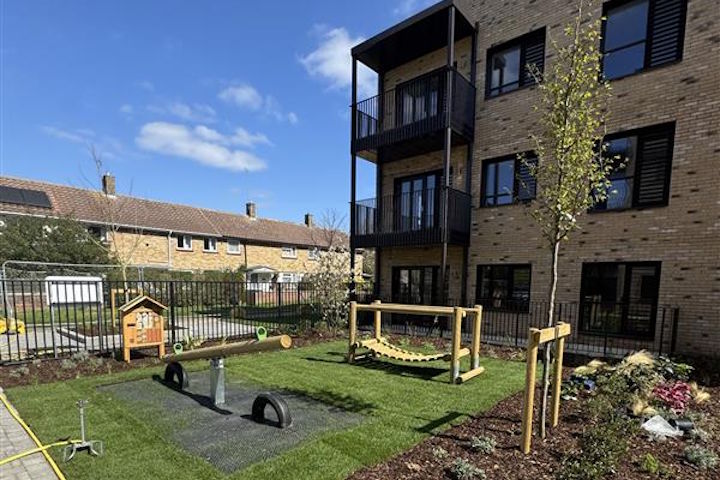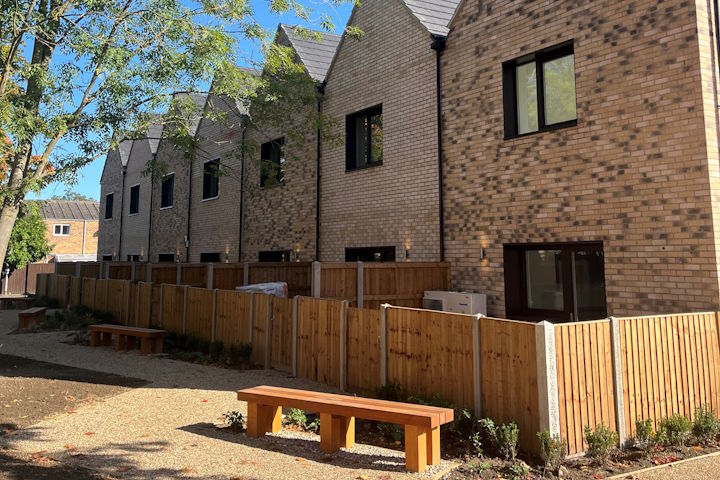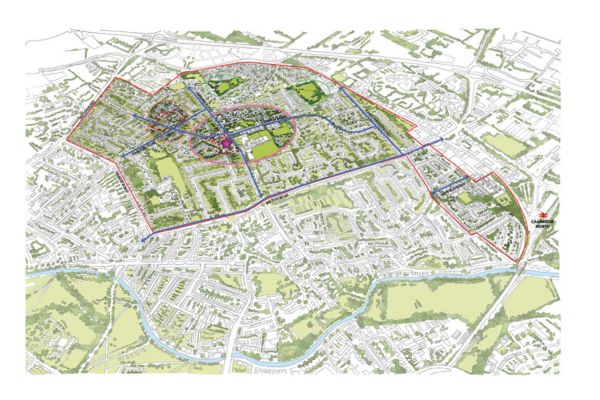Your tenants’ manual explains everything you need to know about living in a council home.

More and more of our new council homes are being built through our ambitious house-building programme. It aims to improve accommodation standards for people living in existing council homes, and to build additional council homes to meet local need and address wider housing supply issues such as the need for more large family homes.
This page answers many of the questions we are asked about living in one of these homes.
Your home explained
These videos and user guides and videos give key information about your home.
Many of the features highlighted in the guides are common to all our newly built homes.
- Aragon Close and Sackville Close: video guide to new homes
- Catherine Belsey Court: user guide [PDF, 5MB]
Defects
Contact our customer service centre or use our housing portal to report problems or faults in your home.
Faults found in the first year
The building contractor is responsible for fixing any faulty construction or workmanship for the first 12 months after the property is completed.
At the end of this period, we will arrange to inspect your home with the building contractor. All faults that were reported previously or found during the inspection will form the final list of defects that the contractor must fix.
Many of our newly built council homes have been built through the Cambridge Investment Partnership – our partnership with housebuilder Hill. In these homes, we and Hill will be responsible for fixing any faults. If a different developer built your home, they will be responsible.
Faults found after the inspection
You cannot add to the list after the inspection – you should report any other problems in the usual way.
Read about council homes repairs to learn which maintenance issues are our responsibility and which are yours. Your tenancy agreement and the guides above will also help you.
Contact us if you are unsure whether an issue is your responsibility.
Ventilation
New properties are susceptible to damp as the building dries out, so it is essential that your home is properly ventilated. It can take a year for a newly built property to fully dry out.
Read our guidance about reducing damp in your home to minimise the risk of condensation and mould.
Your home’s mechanical ventilation with heat recovery (MVHR) system will help to reduce moisture in the air. Keep it turned on to create the best living conditions for your home.
Some of our homes have Nilan ‘Compact P’ units, which provide ventilation, heating and hot water and contain an MVHR system. If you have one in your home, you should leave it always switched on.
If you switch off an MVHR system, it is likely that damp and mould will form in your home.
Heating and hot water
Most of our newly built properties are heated by either:
- a communal air-source heat pump
- an individual air source heat pump
- an individual Nilan exhaust air heat pump
A small number of council homes completed before 2024 have individual gas boilers.
For more information about your heating and hot water system, refer to the tenant’s handbook that you were given when you moved in.
Contact us at housingdevelopment@cambridge.gov.uk if you have questions about your heating and hot water system that your tenant’s manual does not answer.
Heat networks: homes with communal heat pumps
Groups of homes that share a communal heat pump are called a ‘heat network’.
A central electric supply and air source heat pumps extract heat from the air and produce heat and hot water. This is distributed to the homes in the network. Some of our older heat network properties use gas instead of electricity, because of the large size of the developments.
Hot water use usually accounts for about 80% of the heating bill in homes in a heat network. To keep costs down, consider how much hot water you use and check our energy saving tips below.
Your home will have an energy performance certificate (EPC) with rating of either A or B, indicating a very high level of energy efficiency. This means you can maintain a comfortable environment without excessive energy use. Check your energy certificate.
In February 2025 we reviewed heating and hot water costs for some of our properties with heat networks. We found them to be significantly cheaper than a similar sized one or two-bedroom flat with a gas boiler. Most tenants in these homes used less hot water and heating than their EPC expectation.
| Period | Heat network | Gas boiler | Estimated saving |
|---|---|---|---|
| Spring and summer | £36 | £51 | £15 |
| Autumn and winter | £53 | £93 | £40 |

General energy saving tips
Have a shower instead of a bath where possible. Showering more often than bathing has been shown to reduce hot water usage by an average of 60%.
Avoid overheating your home and keep the temperature as even as possible. Your home has excellent insulation which helps to retain heat without frequent thermostat changes. We advise heating thermostats should not be set no higher than 20°C except during extreme weather conditions.
Turn your heating thermostat down by 1°C or 2°C to save energy and reduce your heating bill.
- Read our home energy and water use pages for more tips and information.



